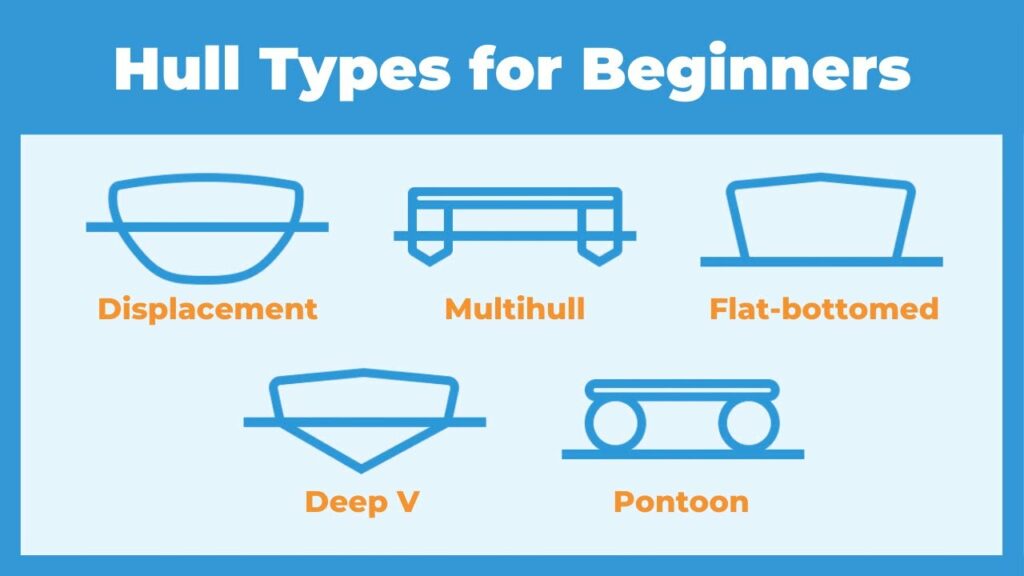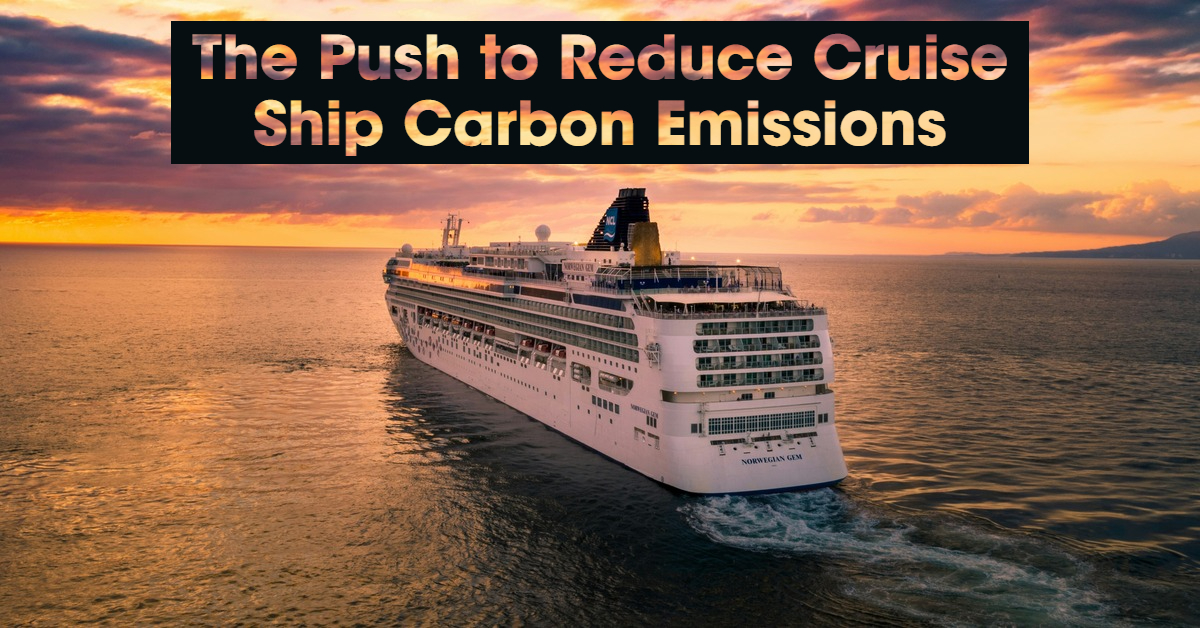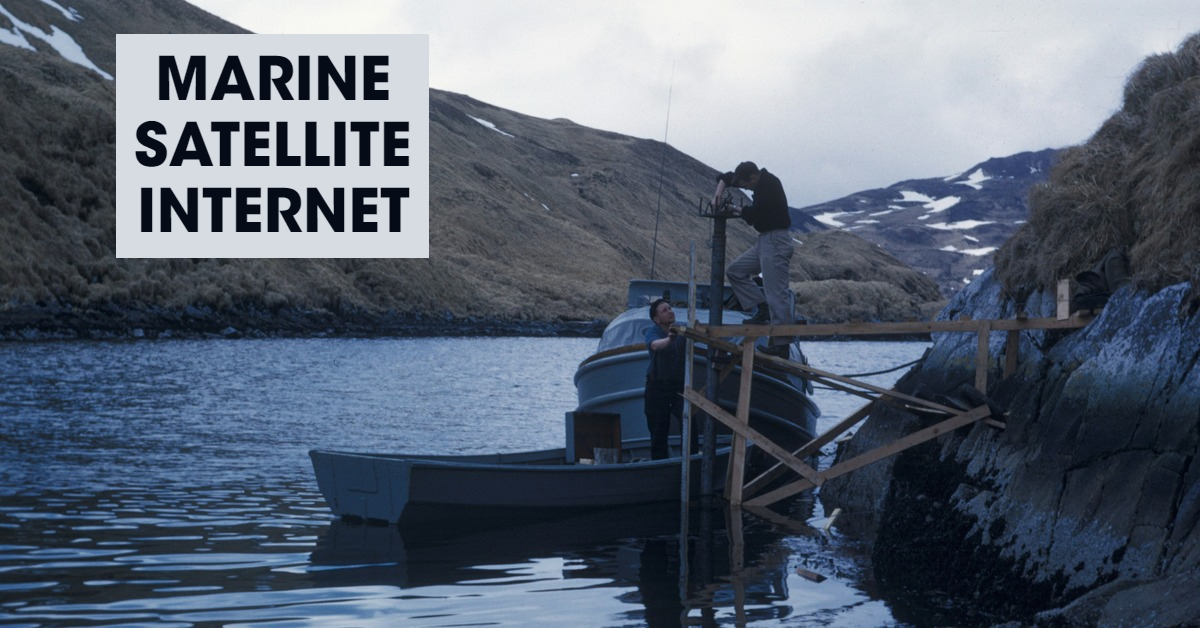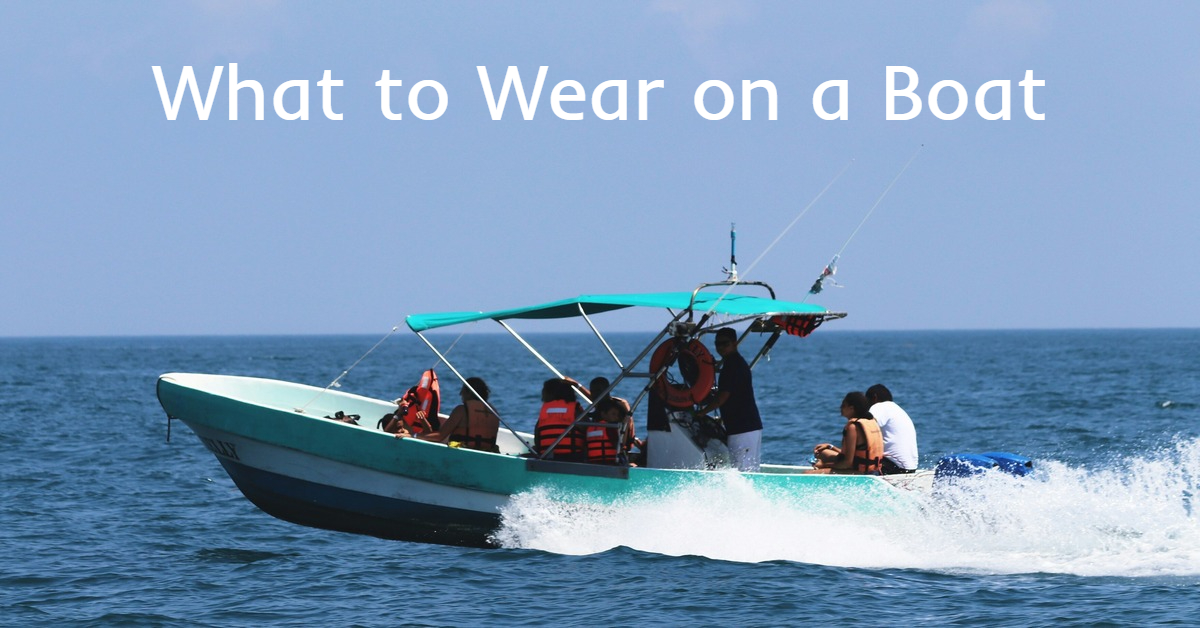Walking by a marina and looking at all the different kinds of boats have you ever wondered which of these will be the most stable while plying through the rough sea? which boat hull design is the most stable?
The most stable hull design is directly related to the hull of a boat. In most circumstances, multihulls and deep-V hulls are thought to be the most stable hull types. Deep hulls typically perform better in rough seas than multihulls.
Knowing what you’re intending to use the boat for can help you choose the most stable hull. But just to be clear, the catamaran or multi-hull boat has the most stable hull and is used in the most practical situations.
The flat-bottom boat, however, has the most stable boat hull structurally because of its wide platform and significant water displacement.
Let us get into more details to find out more!
The Hull
One of the most crucial components of a floating watercraft is the boat’s hull. In actuality, it is the area that has direct contact with the water and aids in keeping the whole boat afloat.
It is completely submerged in water up to the waterline and covers the entirety of the boat’s lower shell. This is why boat owners are so interested in choosing the most stable boat hull design.
The boat’s hull ensures not just its stability but also its effectiveness, performance, and, in some situations, speed. Different boats have different hull designs. However, there are several broad categories into which specific designs can be divided. These include multihulls, vee bottoms, flat bottoms, and round bottoms.

The Different Types Of Hull Designs
Hull designs can be typically classified into the following based on different parameters like deadrise angles, the number of hulls, and so on.
The Flat Bottom Hulls
The flat bottom hull is thought to be the most stable boat hull design usually found in smaller vessels. Due to its flattened bottom, this type of design gives greater stability than the others. Small boats with flat bottom hulls, like small fishing boats, are utilized in shallow waters, typically in rivers or lagoons
These boats are typically used by hunters and anglers because of their practically box-shaped hulls. As a result of its form, they draft lesser which keeps the boat from hitting the ground. But compared to other boat designs, flat-hull boats have drawbacks. In choppy or deep waters, these boats are less stable. When they reach bigger waves, their flattened bottom makes them prone to flipping.
Multihulls
Multihulls are vessels with two or more vee hulls, which adds additional stability. Catamarans, trimarans, and other hybrid boats are the most prevalent multihulls. All things considered, multihulls are the most stable type of boat hulls since they not only offer stability but also a nice ride through open water. Multihulls also provide more room than their monohull counterparts.
The hull of a catamaran is the most stable and has the widest range of uses in many types of water. This is so that the catamaran can be built in a variety of ways to suit various types of water.
This means that although a pontoon boat, a catamaran sailboat, and a Power Cat are all catamarans, they have all been specifically created to serve a certain function.
Let’s first examine the benefits of a hull designed like a catamaran. In addition to being quite stable, catamaran hulls can be modified to accommodate a variety of nautical activities and styles.
A dual-hulled boat has fewer design restrictions than a hull with a Deep-V profile. Weight distribution, length, width, and hull depth of a boat can all be modified to suit the needs of the owner. Because of this, the Hull designs can be very varied. They could take the form of a catamaran sailboat or something as basic as a round tube, like on a pontoon boat.
Power cats travel at very high speeds while maintaining stability and mobility in choppy waters thanks to their hull design. Most catamaran-style hulls have significantly more usable space.
Since the weight distribution may be changed, it is practically possible to construct a house on a platform that is set upon the two hulls. In comparison to a V-bottom boat, you may expand the beam even in speedboats to optimize space with little performance loss.
You may be wondering what drawbacks the catamaran hull has given all of these benefits. To be honest, I don’t think there are many. The only drawback that comes to mind is that, due to this hull’s wider stance, it may be a little uncomfortable if trapped broadside in stronger waves.
Due to its stability, the boat may knock you about if you are not careful. The only other disadvantage is that transferring larger boats may be quite expensive when it comes to trailers and that moving boats with this sort of hull can be difficult at times.
V-Bottomed Hulls
The Deep-V and the Shallow-V are the two primary types of V-Bottom style hulls. They are similar in most respects. As you have probably already surmised, the key distinction is the height at which the hull emerges from the water and this is basically to the higher deadrise angles.
Both are secure, but their circumstances are distinct. For example, Deep-V hulls typically produce larger boats. Unlike shallow-V boats, which are typically smaller vessels.
Shallow-V hulls are less able to manage deeper, more unpredictable waters than Deep-V hulls. A Shallow-V will cut through a wave, but it will typically ride higher on the wave. This is because of the deep wedge shape of the hull, which allows it to slice through rougher water.
The Shallow-larger, V’s flatter bow is what causes this. The Shallow-V will give you a noticeably rougher ride in choppy water, even though both of these will cut through waves better than a flat bottom and some Catamarans.
This style of the hull has great advantages while the boat is moving, such as stability and the ability to cut through rough water, but stability is not the best when stopped.
Weight distribution needs to be the owner’s top priority on a V-style hull. In smaller boats, even moving from one side to the other can cause the boat to pitch and yaw. It can also affect how the boat handles if there is too much weight on one side.
Once more, the boat’s pitch and yaw have no negative effects when it is moving. This becomes a characteristic of the boat’s handling when it is going. One thing this enables is a smaller turning radius.
Round Bottom hulls
These hulls are essentially exceedingly smooth with no, or very few, sharp edges. These hulls are designed to have the least amount of drag and the most buoyancy possible. To keep the boat upright, these hulls typically need a weighted keel. This hull is more stable the lower the center of gravity. That is why you often see sailboats with a heavy fin on the bottom of the vessel.
What Are The Other Parameters Which Make A Boat Stable Other Than The Hull?
The following are some of the key aspects which determine the performance of a vessel,
Engine Mount And Optimum Trim Angle
In the case of outboard engines, the height of the engine mount is one of the key features in determining the performance of a vessel. If the engine is mounted too low the lower unit will cause additional drag and if the engine mount is too high there is the risk of propeller cavitation.
The boat’s engine will operate most effectively if it is trimmed, about parallel to its waterline when at rest, and not trimmed too up or down.
Weight Distribution
Proper weight distribution is the key to the vessel’s dynamics when underway. Ask your passengers to move if it is safe to do so that the weight is spread equally; it will make a difference.
Ballast
Other than cargo, ballast can be added to a vessel to add stability. This is frequently done with ships. A ballast tank is a container that houses water within a boat, ship, submarine, or other floating structure. To balance the ship, water must enter and exit the ballast tank.
Propeller Selection
Selecting the right propeller is also a key aspect in making sure the power from the engines is effectively transferred by the propellers to deliver the required thrust force.
Conclusion
What you intend to use the boat for ultimately determines the hull style you should choose. Hopefully, the information in this post will make it easier for you to choose the right kind of boat. carefully consider the advantages and disadvantages of various boat kinds, your budget, and the types of water nearby. Only then will you be able to determine which option is best for you.
- Sustainable and Luxurious: Discovering Split’s Yachting Paradise – April 26, 2024
- MarineTraffic vs VesselFinder: Which Is Better Vessel Tracking Service? – February 14, 2024
- Port Costs: A Comprehensive Guide to Port Dues and Fees for Cargo Ships – February 12, 2024





Leave a Reply